Queen Victoria - who was dubbed Ireland's 'Famine Queen' by revolutionary Maud Gonne - died on January 22, 1901. The Queen of the United Kingdom of Great Britain and Ireland had a deep appreciation for several spots in Ireland and visited just a year before her death.
Queen Victoria visited Ireland four times throughout her reign, during which she pointed the spotlight firmly on Ireland as a destination fit for a queen.
The Queen's affection for Ireland began as a young woman when she reportedly fell in love with scenic Killarney in Co Kerry in the southwest of the country.
Her third official visit to Ireland in 1861 included four days in Co Kerry, which put the region on the international map as a holiday hotspot.
She did not visit for the remainder of the century, however, only traveled back to Ireland on April 3, 1900, a trip which was believed to have been a recruitment tool for the Boer War in South Africa.
Co Kerry remains one of Ireland’s most popular places to travel to, and travelers can still visit attractions made famous by Britain’s former monarch.
Ladies View in the heart of the stunning Killarney National Park is one of the best-known spots that was visited by Victoria.
Ladies View, a popular stopping point along the world-famous Ring of Kerry, is named after Victoria’s ladies-in-waiting who were taken to the area during the royal visit of 1861. They were so enraptured with the view it was named after them.
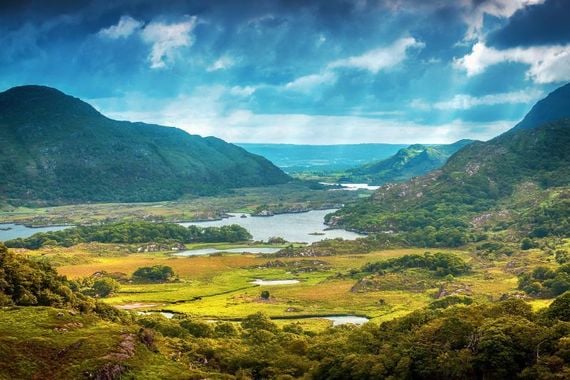
Ladies View in Killarney, Co Kerry. (Getty Images)
Ladies View provides truly spectacular vistas over the Lakes of Killarney, including the Gap of Dunloe, the Black Valley, and the 15th-century Ross Castle. A gift shop, café, and bar at the viewpoint now offer the visitor several reasons for stopping there.
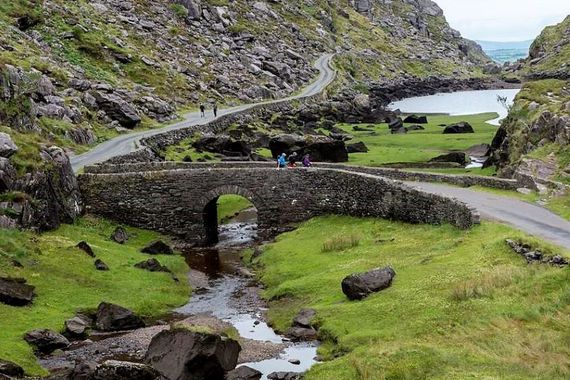
The Gap of Dunloe in Co Kerry. (Ireland's Content Pool)
Muckross House and Gardens, one of Co Kerry’s most popular visitor attractions, also owes its fame largely to Victoria. The royal party stayed two nights there as guests of the Herbert family during the 1861 visit. The Herberts had carried out elaborate preparations, commissioning tapestries, mirrors, Persian carpets, silverware, musical instruments, linen, china, and servants' uniforms for the occasion. The curtains that still hang in the Muckross House dining room were specially woven for the occasion.
Restored to its original Victorian splendor, Muckross House and Gardens are open to the public. Visitors can enjoy wandering through the mansion, taking a turn around the beautiful walled garden, and dropping into the craft shop.
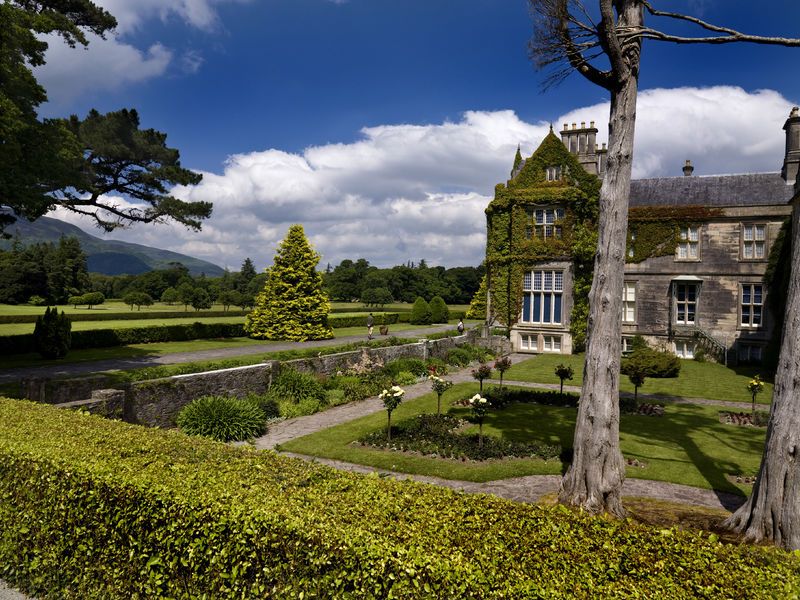
Muckross House and Gardens (Ireland's Content Pool)
“I am very sorry to leave Ireland," Queen Victoria said at the end of her last official visit to the Emerald Isle in 1900, "I have had an extremely pleasant time."
Despite her love of Ireland's natural beauty, Queen Victoria has been accused of not doing enough for Ireland during the Famine.
“There is no evidence that she had any real compassion for the Irish people in any way,” historian Christine Kinealy, founding director of Ireland's Great Hunger Institute at Quinnipiac University, told IrishCentral back in 2017.
Kinealy was speaking after an episode of the drama "Victoria" surprised some British viewers in 2017 for the extent to which the Irish suffered both during the 1840s famine and, while under English rule which was finally brought to their attention.
The portrayal of Queen Victoria, who was depicted in the episode as berating her government ministers for not doing enough to help the Irish, did draw some criticism.
“We know that really she had no interest in Ireland and so to imagine she wanted to do more doesn't really ring true,” Kinealy told IrishCentral.
“In her very long reign, she only visited Ireland four times and one of those times was 1849 when the famine was still raging but coming to an end.
"At that point, she didn't do anything, so it's hard to imagine that what they're portraying is really based on fact."
Not only did Queen Victoria fail to rise to the challenge of protecting the Irish people, the monarchy and those working for it also went out of their way to prevent others from outshining the queen’s own mediocre attempts, preventing a significant amount of money from making its way to Ireland from Turkey.
“She was urged by her Prime Minister Russell to do something for Ireland and so, in January 1847 she issued a Queen's letter asking protestants to raise money for the Irish,” explained Kinealy.
“In January 1848, she also made her own donation, significantly to a British agency, but she gave £2,000. She is the first person named on their records as having given money but because she gave £2,000, it was the Royal protocol that nobody could give more than the monarch.
"We do have documentation that the Sultan of Turkey, who was himself a very young man at the time, offered to give £10,000 but in Constantinople, the British embassy went to his people to say that it would offend royal protocol so he reduced his donation.”
H/T: Discover Ireland
*Originally published in January 2017. Updated in January 2025.
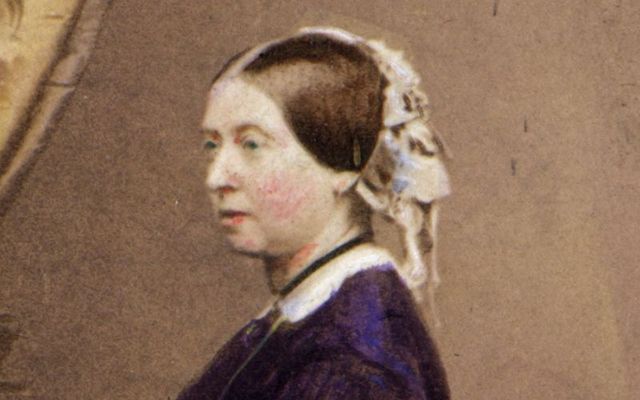

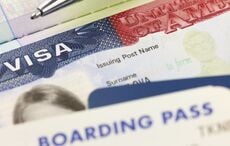

Comments